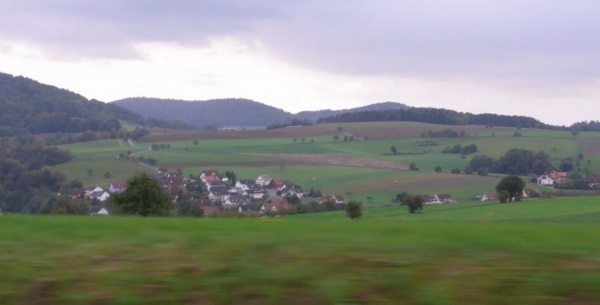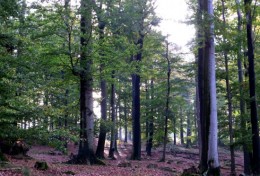Landscape Management in Germany
03.05.2010
-
DATE OF SUBMISSION :
-
03/05/2010
-
REGION :
-
Western Europe
-
COUNTRY :
-
Germany (Bayern State)
-
SUMMARY :
-
As a result of past shifts in Environmental focus to preservation of rural environments and assistance for sustainable production; the European Union created the “Natura 2000 Network” in 2004. With the number of farmers decreasing and those continuing to operate having difficulty turning a profit, this effort promoted economic stimulation by encouraging various means of diversification: ・Promoting the sale of value-added products or partnering with tourism ・Subsidies for recycling, fertilizer production and bio-gas generation ・Instructing local forestry offices not to remove dead trees in order to preserve habitats for insects, snails, slugs, and fungi (sustenance for many other species) The system recognizes that the key to landscape management is a continuous effort to create harmony between landscape elements by thorough discussion among stakeholders; ・Governments ・Area inhabitants (not only representatives but all people) ・Local businesses ・NGOs ・NPOs To achieve “infrastructural development and improvement of rural areas” German agricultural policy is no longer viewing agriculture as mere producer, but extending its role as “manager of rural environment”. Taking this line of thinking to a larger scale, the European Union is striving to develop its environmental policy to protect biodiversity by shifting its target from preserving species, to areas as a whole, and creating a network of diverse ecosystems.
-
KEYWORD :
-
ecosystems network, Natura 2000, biodiversity conservation in agriculture
-
AUTHOR:
-
Dr. Noboru Matsushima is a senior researcher at Japan Wildlife Research Center (JWRC). He is a socio-economist with a keen interest in favourable relationships between human activity and natural resource management in various developing countries. He has been implementing numerous field surveys in rural areas in Southeast Asia, China, the Middle and Near East, Africa, South America and the Pacific Islands, and making helpful suggestions since 1989. Dr. San'ei Ichikawa is a chief researcher of Japan Wildlife Research Center. His academic specialty is forest ecology. He has been studying edible wildlives that are routinely used by the local people the Southeast Asia. In 2008, he joined the Satoyama Project. He witnessed wisdom of people who are cohabiting with wildlife for a long time. He also respects wildlife.
-
LINK:
-
European Environment Agency
European Commission Environment Biodiversity Strategy
Bavarian Environment Agency (PDF)
Federal Agency for Nature Conservation
Bund Naturschutz in Bayern e.V. (In German)
Bayerisches Staatsministerium für Ernährung, Landwirtschaft und Forsten(In German)
Deutscher Verband für Landschaftspflege



